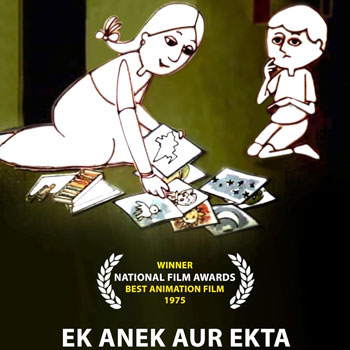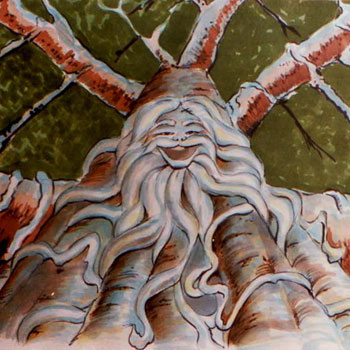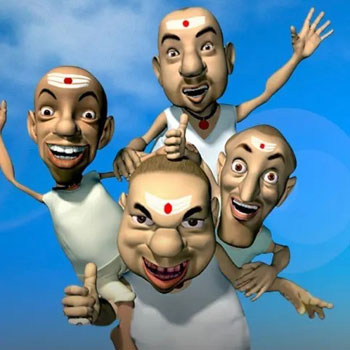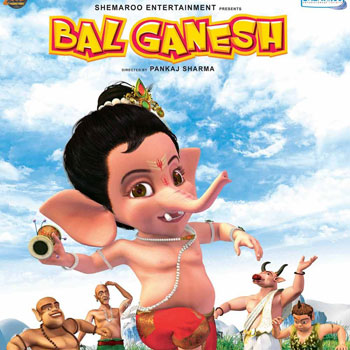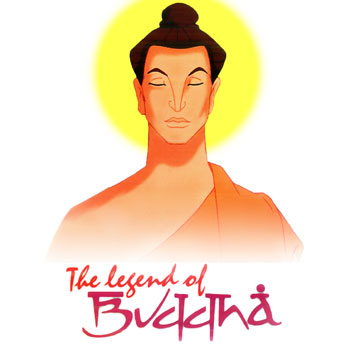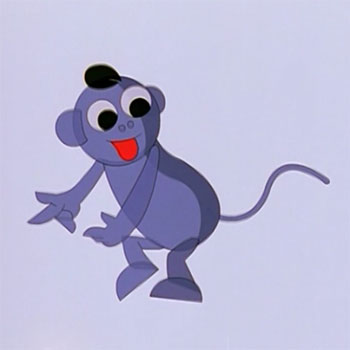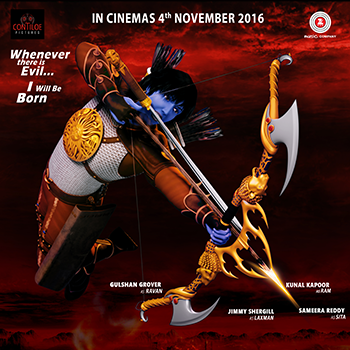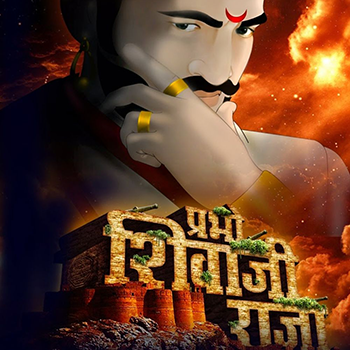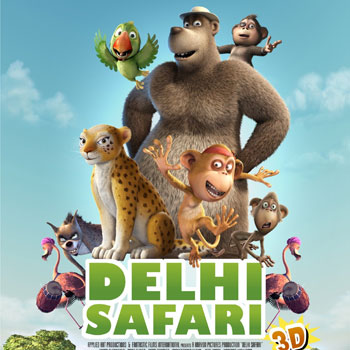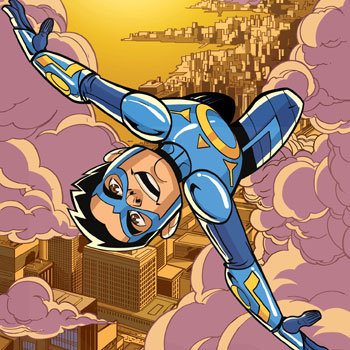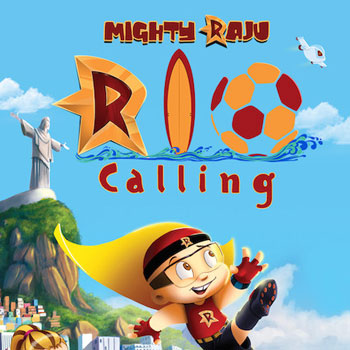Feature Film
1969-1978
(1 items)
1979-1988
(1 items)
1989-1998
(2 items)
1999-2008
(8 items)
2009-2018
(8 items)
2019-Current
(2 items)
Feature Film
1949-1959
(1 items)
by Ram Mohan
Studio: Films Division of India
1959-1968
(1 items)
by Ram Mohan
Studio: Rama Prasad Production
1969-1978
(1 items)
by Vijaya Mulay
Studio: Films Division of India
1979-1988
(1 items)
by Ram Mohan
Studio: Children's Film Society
"Taru (The Tree)" is a 2D animated film created by Ram Mohan in 1984. The rich and dynamic relationship between a man and Taru the tree is depicted in this moving animation. Throughout the story, the tree happily gives while man continuously takes from it, illustrating the opposing dynamics of giving and taking. Through a lively and touching narrative, "Taru" effectively conveys the theme of man's exploitation of nature and the severe consequences that arise from it. The film serves as a powerful allegory for environmental conservation, stressing the importance of treating nature with care and concern to avoid dire repercussions.
The animation style of "Taru" reflects the era's traditional techniques, with detailed hand-drawn frames that bring the characters and the natural world to life. The poignant narrative and evocative images combine to produce an engrossing and immersive experience that successfully captures the audience's attention and conveys the film's crucial environmental message. "Taru (The Tree)" is more than just an animated movie; it's a meaningful work of art that touches viewers by emphasising how important it is to interact with the environment in a sustainable way. It invites viewers to consider their own relationship with nature and the consequences of their actions by presenting the interaction between man and tree in an emotional and poignant manner.
1989-1998
(2 items)
by Manick Sorcar
Studio: Manick Sorcar Productions
by Yugo Sako, Ram Mohan & Koichi Sasaki
Studio: Nippon Ramayana Film Co., Ltd
1999-2008
(8 items)
by Venkybaboo
Studio: Mayabimbham Media Pvt. Ltd.
by Pankaj Sharma
Studio: Shemaroo Entertainment & Astute Media Vision
by Bhavik Thakore
Studio: Anushvi Productions & Phoebus Creations Media Pvt. Ltd.
by Usha Ganesh Raja
Studio: Pentamedia Graphics
by Shamboo Falke
Studio: Kingdom Animasia Inc. & Pentamedia Graphics Limited
by V.G. Samant, Milind Ukey
Studio: Silvertoons, Percept Picture Company & Sahara One Motion Pictures
by Anita Udeep
Studio: Pentamedia Graphics
by B. Sathya
2009-2018
(8 items)
by Harry Baweja
Studio: Baweja Movies Irealities Technology
by Rohit Vaid
by Harry Baweja
Studio: Baweja Studios, Eros Worldwide, Requestbest
by Nitesh Muley
Studio: Ganraj associates
by Arnab Chaudhuri, Pavan Buragohain & K.K. Raina
Studio: Walt Disney Pictures & UTV Motion Pictures
by Nikkhil Advani
Studio: Krayon Pictures
by Sharad Devarajan & Navin John
Studio: Graphic India, POW! Entertainment & Cartoon Network India
by Rajiv Chilaka & Anirban Majumder
Studio: Green Gold Animation
2019-Current
(2 items)
by Gitanjali Rao
Studio: Cinestaan, Les Films d'Ici, Goldfinch Studios
"Bombay Rose" is a 2019 animated film written, edited, designed, and directed by Gitanjali Rao, an acclaimed Indian animator and filmmaker. The film is notable for its unique, hand-painted animation style. It was made by frame-by-frame painted animation on a computer and took 18 months with 60 artists. Gitanjali Rao is a well-respected figure in the world of animation. Prior to "Bombay Rose," she gained recognition for her short films, including "Printed Rainbow," which won three awards at the Cannes Film Festival in 2006. Rao's work is known for its deep emotional resonance and intricate artistic style. "Bombay Rose" explores themes of love, longing, and survival in a rapidly changing urban landscape.
The movie is well-known for its unique animation style. The vivid and chaotic character of Mumbai is reflected in the visually rich and complex tapestry that is created by hand-painting each frame. The animation has a distinct look that sets it apart from other mainstream animated movies, thanks to influences from Bollywood posters and Indian miniature paintings.
by Ravishankar Venkateswaran
Studio: Studio Durga
